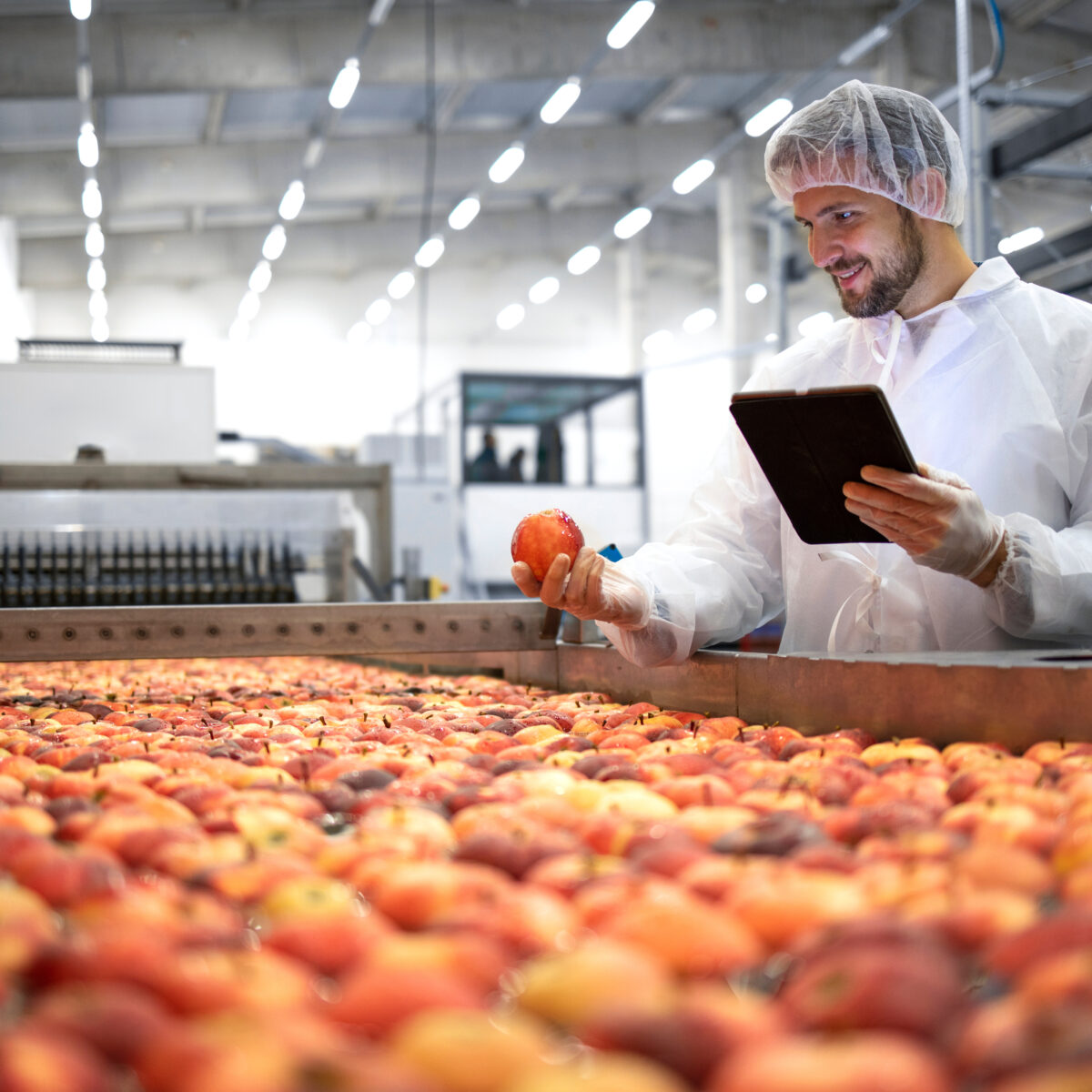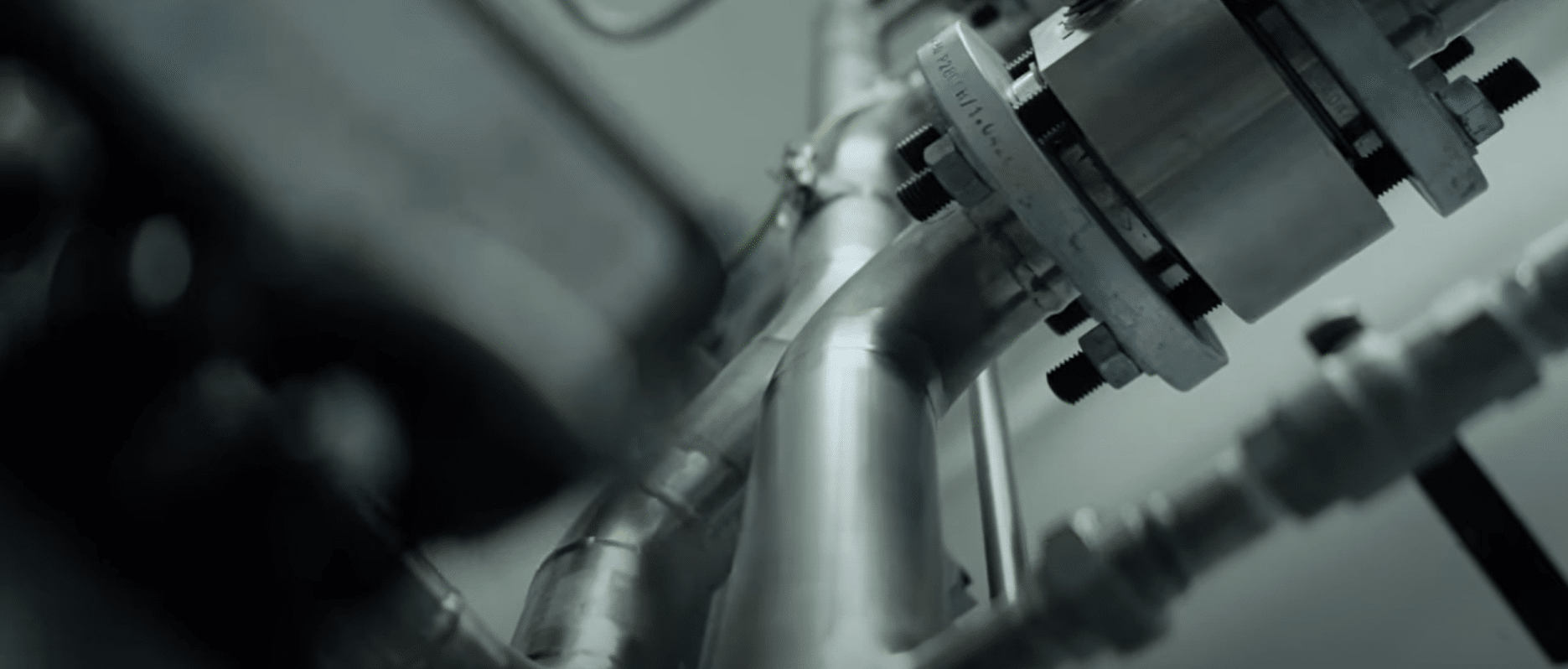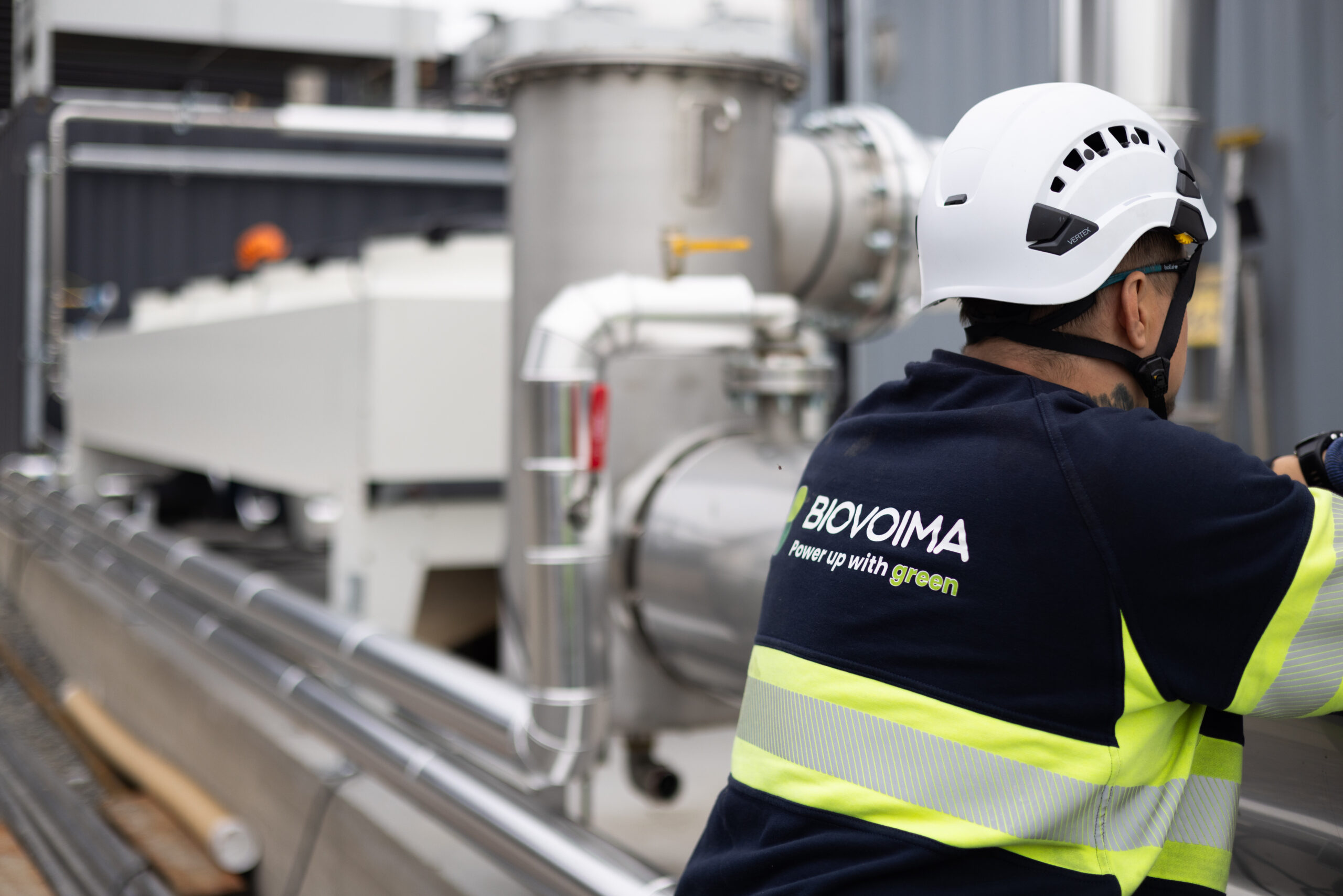


Liquefied carbon dioxide (CO₂) is a multifunctional substance widely used in industry, food, environmental solutions and the energy sector. It plays an important role in many sectors - as well as a growing role in building a carbon-neutral circular economy through carbon capture, liquefaction and reuse.
Food and beverage industry use carbon dioxide to carbonate soft drinks, beer and mineral waters. As a packaging gas, it extends the shelf life of food by displacing oxygen, which slows down spoilage and bacterial growth. Liquefied CO₂ can be converted into dry ice, which is used for refrigerated transport and for the rapid freezing of food. Increasing CO₂ concentration in greenhouses can accelerate plant growth by up to 20-30 %.
Carbon dioxide in industry and manufacturing is used as a welding gas, as a raw material in the chemical industry, for example in the production of urea and methanol, and in the concrete industry. Carbon dioxide is used in “dry ice cleaning” as an environmentally friendly cleaning method, where carbon dioxide ice removes dirt and coatings without the use of solvents.
For the energy sector and the environment The use of carbon dioxide is developing rapidly. Liquefied CO₂ is easier to transport and store in underground formations or industrial processes. Liquefied CO₂ can be used as a raw material for synthetic fuels when it is used together with green hydrogen to produce synthetic methane, methanol, or other fuels. Liquefied CO₂ takes up about 1/500th of the volume of gaseous CO₂, making it easy to transport by tanker trucks, ships, or pipelines over long distances. It is increasingly being used in carbon dioxide recycling and in commercial and industrial applications to achieve carbon neutrality.

CO₂-rich gas is recovered from the gas processing unit. The CO2 content of the recovered gas is estimated to be around 97 %. The gas is cooled by a heat exchanger before the compressor, in order to condense any moisture that may accompany the gas and avoid condensation problems in the gas compressor.
The recovered CO₂ gas is compressed to high pressure by a compressor, as liquefaction requires sufficiently high pressure and low temperature. On leaving the compressor, the gas must be further cooled in a heat exchanger to bring the temperature down sufficiently. Cooling of the gas causes condensation of water vapour and the water is separated by a condensate separator downstream of the heat exchanger.
The compressed and cooled gas still contains a small amount of water vapour, which must be removed before the gas is cooled further. For drying, activated alumina is used, which absorbs water from the gas. The regeneration gas is heated to a temperature of about 250 °C by a separate heating resistor. As a result of the drying process, the dew point of the gas has been significantly reduced, so that water can no longer condense/harden on cold surfaces during the liquefaction process.
After drying, the gas is cooled in stages using a pre-heater and main heat exchanger until it reaches the temperature required for liquefaction. A two-stage heat exchanger is necessary because the phase change of the gas into a liquid releases a lot of heat, and multiple stages improve the liquefaction rate. A refrigeration machine is used for cooling, which is capable of cooling the gas sufficiently. As a result of the cooling process, the CO₂ liquefies and is directed to the stripper.
Liquid CO₂ still contains a small amount of dissolved methane, which is removed by stripping. During stripping, the liquid flows downwards and the released gases rise upwards. If necessary, heat can be added to the liquid, which increases gasification at the bottom of the column and improves the efficiency of stripping. The released gases are led away from the top of the stripping column and returned to biogas processing or raw gas storage. At the bottom of the stripping column is a collection tank where the liquid carbon dioxide is collected. If necessary, heat energy is added to this collection tank to evaporate the liquid into gas and increase the efficiency of stripping. This improves the purity of the liquid carbon dioxide.

The liquefied CO₂ is transferred to a storage tank where it can be directed for further use or transport. From the storage tank, the liquid CO↪8220↩ can be pumped onto a tanker truck or container.
The gas quality of the liquefaction plant is measured for incoming gas and liquefied gas. For the control of the plant, it is important to know the amount of methane in the liquefied gas, as it must be reduced during the liquefaction process to meet the quality requirements. Often the liquefaction process alone separates the components because, for example, the liquefaction temperatures of carbon dioxide and methane are far apart, but in the liquefaction of gas mixtures some other gases are bound to the liquefied gas. The gases can be separated from the liquid by a stripping technique and the efficiency of the stripping can be adjusted if necessary. For industrial quality assurance, analysers that can detect concentrations of a single component such as methane or carbon dioxide are usually sufficient, but for food quality, gas chromatography-based instrumentation must be used for analysis.
Carbon dioxide liquefaction solutions are always tailored to the customer's needs and site requirements. Biovoima's special expertise includes identifying the most cost-effective technical implementations for gas production and/or use, with the highest possible commercial benefits. We can also assist with gas utilisation contracts at the end of the value chain.
Contact us and let's see if we can help you find the optimal solution!


© 2025 Biovoima
Privacy policy
